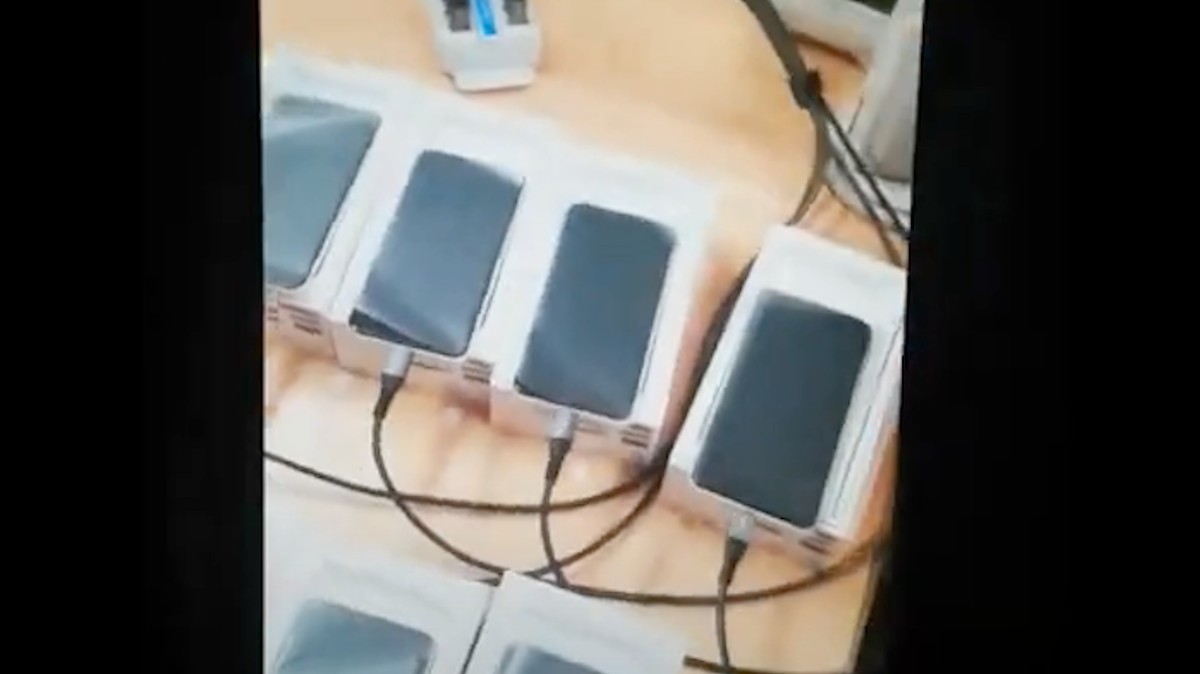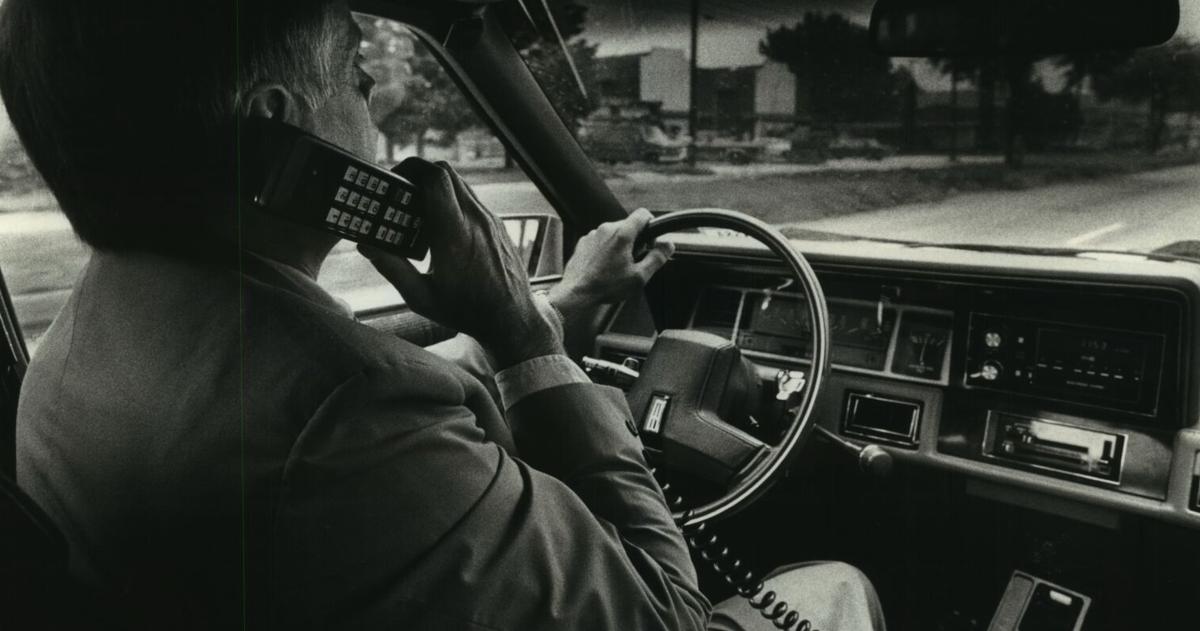In a bold move, a telecommunications company is asking its customers to use its products less. Why?
In a cinema in West Auckland, while waiting for The Batman to start, someone told me to hang up my phone. It wasn’t the usher, or the people sitting behind me, or my wife, although she was usually only too happy to elbow my ribs at the sight of inappropriate cellphone use.
There on the big screen was a message from the very people who sold me my phone and gave me the mobile data to check my emails while I waited for a movie to start on the chin of Robert Pattinson.
Unlike most advertisements, 2degrees did not encourage me to use their products more. Instead, he wanted me to use them… less.
“Are we getting closer, or are we letting our time together just TikTok?” a voiceover said, as a couple in bed put their phones away, fell asleep, then picked them up as soon as they woke up.
It’s connected. I was guilty of doing this, and guilty, that’s how I felt.
“Sometimes let’s live life unfiltered,” the eye-catching ad continued. “Just let our thumbs rest.” Then he said, “Let’s turn off our phones for a bit.”
As my thumbs hovered over apps designed by mega-rich Silicon Valley brothers, colored by splashes of dopamine-inducing blues and reds, powered by machine-driven AI algorithms designed to inhabit the brain human as long as possible so he can feed himself he was targeting advertising, I had a thought.
It was probably the wrong thought, but here it is anyway: Why would my phone company tell me not using my phone?
Dave Pearce’s smile says it all. I video called the brand manager of 2degrees to ask him this specific question. He agrees that it reads like a riddle, and he’s glad a reporter called him to try to solve it. “Why does a phone company say, ‘Don’t use your phone all the time?'” he laughs. “It’s a bit of a puzzle.”
That, however, is quite the point. The real thought has entered real fashion, an app that offers customers the ability to take a break with their phone. It works like this: When you’re in a situation where you don’t want to be distracted, like a date with Pattinson’s Jaw, you can turn on real mode and engage without being tethered to your phone.
The more you use it, the more chances you have to win prizes, like movie tickets or restaurant vouchers.
We all know that letting algorithms take over your life is not good for you. The guy who designed Facebook’s “Like” button won’t let his own children use it. So why do we need a phone to tell us? “With the pandemic and the pace of change in the way we live and work, it’s quite difficult to get that balance right,” says Pearce. “It’s a nudge and a tool for people to think about how they use [their phones].”
The real world is coming as the “time well spent” movement grows. Apple’s Focus Mode lets users set times when notifications are minimized, and Do Not Disturb does the same during set sleep times. Facebook and Instagram also offer users the ability to set snooze limits and times.
But a telecommunications company that does this looks different. They sell phones and plans. It could cost them money. Pearce agrees, and staff have had many discussions about it. “We had curious questions,” he says. “We decided that if a few people used a little less data because they were in real mode, we wouldn’t mind.”
Are they the nice ones? Maybe, but there’s definitely some PR woo-woo involved. Pearce is a marketing man, and it’s all part of his marketing plan. The Real Mode campaign dates back to the early days of 2degrees as disruptors called out competitors for high prices and crap service.
This time there is a larger goal. Pearce believes that the real mode is a way to honor the core values of the company. “It’s not something that’s meant to drive sales tomorrow,” he says. “We think it’s a good way to tell people why 2 Degrees exists and who we are in a way that’s probably a little different from what a Spark or a Vodafone would do.”
The numbers suggest it’s here to stay. Since Real Mode launched in February, more than 8,000 people have spent 4.68 million minutes on it. That’s a saving equivalent to 8.5 years of catastrophic scrolling. Pearce is happy with that number. “We love the devices, we think they’re great,” he says. “Having a role in helping people…finding the right balance seemed like the right thing to do.”
Some certainly don’t get the message and don’t want to be told what to do. “The irony of posting this on FB,” one commenter noted on a recent 2degrees post promoting the service. But Pearce says it’s not about forcing “real life” on cellphone die-hards. Real mode will not block calls or disable notifications.
Instead, it’s a gentle reminder about balance. “It’s about encouraging people to think about when they use [phones] and where they use them. He himself uses the real mode and he has stopped checking football scores around his children. “When I sit down to watch TV with my wife, it’s more enjoyable to be in the moment rather than having a dual screen.”
I can’t help but think it’s a dig, mine, sitting in the cinema, staring at my phone. I can’t promise that I won’t do it again. But I didn’t watch it once during the three hours of The Batman. So I can assure you of this, because I was there and engaged: Pattinson’s chin is spectaculara jawbone for the ages.




